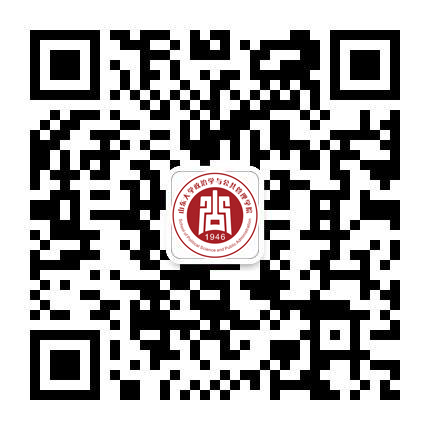Abstract: With the development of industrialization and rapid urbanization, more and more rural resources are being directed into urban spaces, leading to rural poverty. The gaps between urban and rural have gradually increased alongside serious “rural diseases”. Thus, rural revitalization is an essential and important strategy in the new era for realizing better urban-rural integration. This paper proposes a rural system evaluation model to divide rural development spatial-multivariate zones as evidence for exploring and optimizing rural sustainable development models. The result shows that: in 2015, Miyun District was divided into six zones, including a city zone, a town development zone, an industrial zone, an agricultural zone, a leisure zone and an ecological zone. The agricultural zone, leisure zone and ecological zone showed evidence of village hollowing and waste, a weakening of agriculture and poorer infrastructure, leading to a lower-level economy when compared to other zones. Thus, this study explores a revitalization path for Miyun District through four methods: mechanism, skilled workers, industry and technology, and proposes three optimizing models to solve rural problems. Building a new town development zone, developing multi-talent education and integrating first-second-third industries would reduce the gap between the urban and rural and would realize urban-rural integration more rapidly.
Keywords: Rural revitalization; Spatial-multivariate; Model optimization; Sustainable development; Urban-rural integration
Journal of Rural Studies, 2019
DOI: 10.1016/j.jrurstud.2019.10.012
原文链接:https://www.sciencedirect.com/science/article/pii/S0743016718305382

 扫一扫
扫一扫